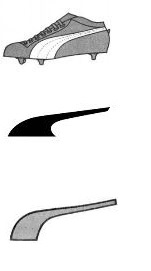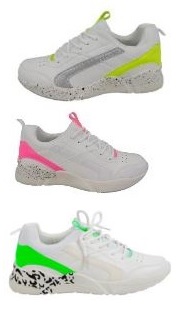Trademark agency Abcor - protect your trademark
Contact
If you have questions or want to know more about our services?Please mail: info@abcor-ip.com
Please call: 31 (0)71 576 3116
At the court, in the Hague, this question was discussed in a case about Samsung printer cartridges. Can the design of the cartridge be legally claimed as a right? The cartridge can only be used within the printer, when it is not visible. And the printer itself cannot function without the cartridge. The court judges that the shape of a cartridge can be protected by design rights. A printer without a cartridge is still a complete product (like the lamp without the lamp bulb). This is good news for companies, because it enables them to protect the unique shapes of their products even more.
design-law
